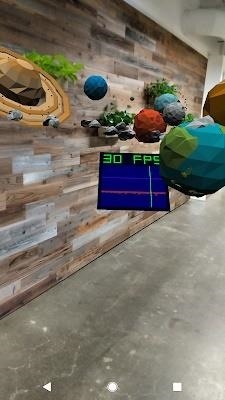Web-based mobile augmented reality technology continues to gain momentum as Google is set to expand the standard for immersive web content to AR.
Chrome 81, which was released in beta on Thursday, brings support for augmented reality content via the WebXR Device API, the accepted standard for displaying immersive content on mobile devices and head-mounted displays on the web.
In addition, Chrome 81 supports the WebXR Hit Test API, which allows browsers to anchor AR content onto real-world surfaces and objects.
According to a Google Chrome blog post, the WebXR Device API first arrived in Chrome 79, but was limited to VR in that instance. Nonetheless, developers familiar with VR content will find that the workflow is the same; the only difference is setting properties during object creation.


Web-based AR support for Chrome has been in the works since 2018, when Google shipped the WebXR Hit Test API in Chrome Canary, the bleeding-edge experimental version of Chrome, and launched WebXR for VR in Chome 67.
Chrome’s new AR capabilities will give Android developers an additional means of bringing AR content to the web alongside the Scene Viewer feature in ARCore.
8th Wall has demonstrated the advertising potential of web-based AR with its 8th Wall Web platform with activations for brands like Toyota, MillerCoors, Sony Pictures, Sony Records, and others that are accessible on iOS and Android devices.
Similarly, Apple has stepped up its own web-based AR capabilities by adding Apply Pay buttons and HTML banners to AR Quick Look.
Perhaps more importantly, web-based AR content provides a bridge between mobile devices and AR headsets, giving publishers of AR experiences an easy transition to the future of AR hardware.